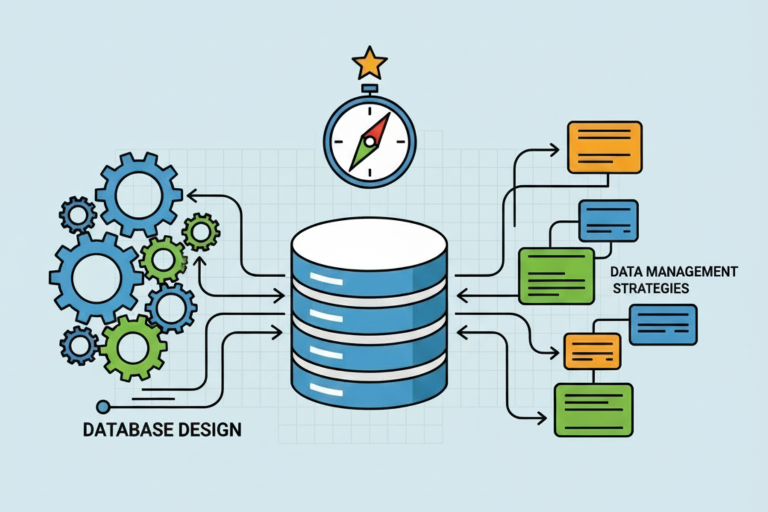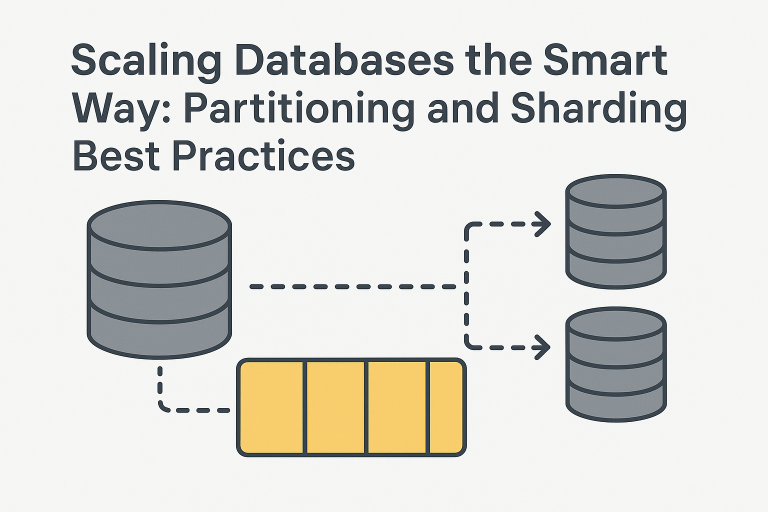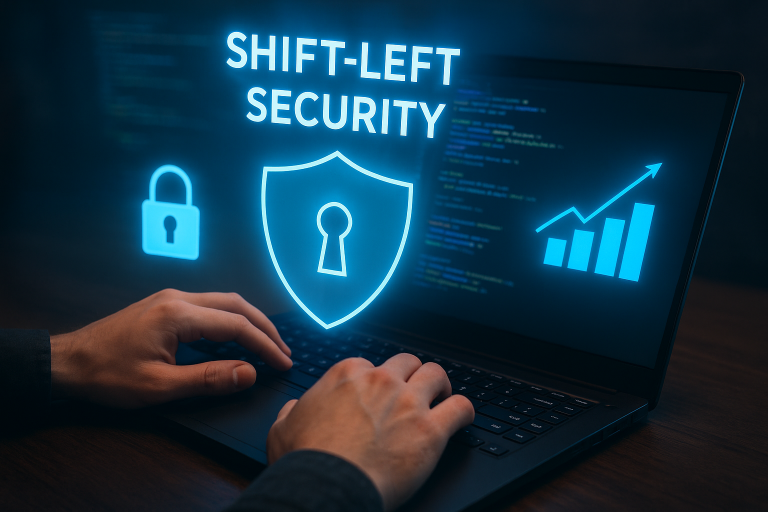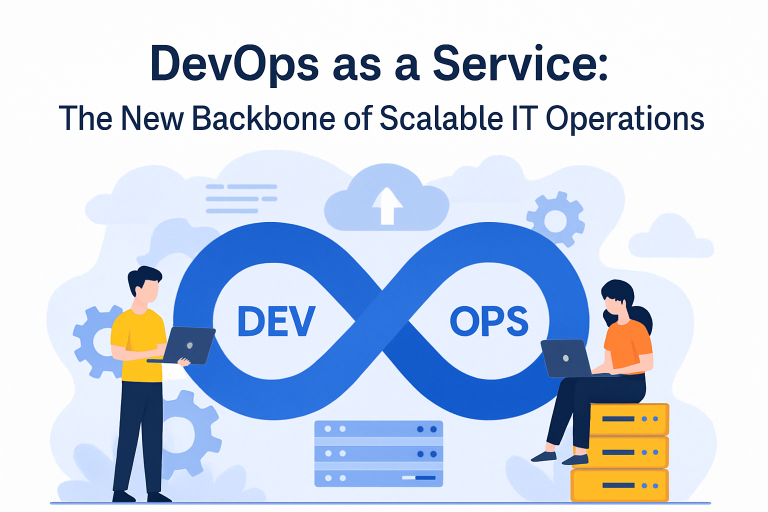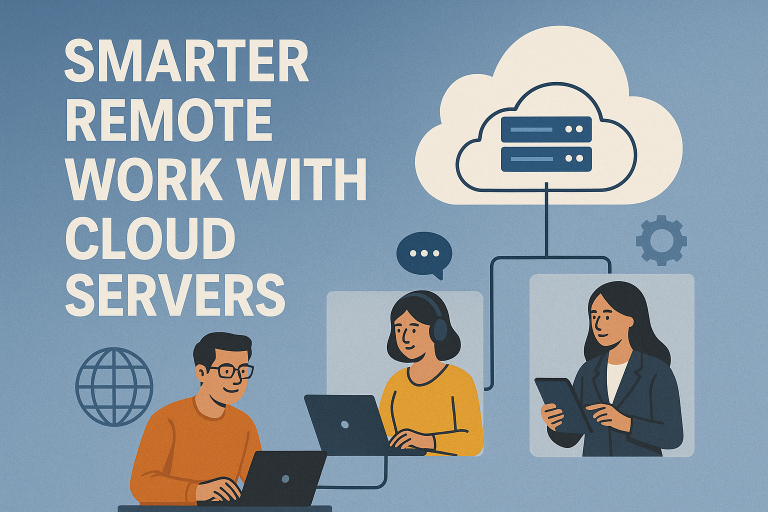
Like most businesses, you may also have at least a few workloads running in the cloud. Having a few applications on cloud may not necessarily indicate that you need to migrate completely to cloud. It is true that cloud migration makes your business systems more scalable, reliable and highly available. However, these are not just the only criteria that or considerations that will decide if cloud migration is for you.
A lot of factors need to be taken into consideration if this is your first cloud migration. You would need a deep cost-benefit analysis of various cloud service models and then evaluate the best strategy for your business. In this article, we would give a birdseye view of the major elements that need to be taken care of while undergoing the cloud migration.
Potential key benefits of migrating to cloud
Here are some general scenarios and the potential benefits of cloud migration.
1. Scalability

There comes a time when the traffic to your website increases tremendously. This could be because of a sustained marketing effort, word of mouth, press releases, success story getting published in high impact journals, etc. When the traffic increases suddenly and your infrastructure is not yet ready to handle that kind of traffic, there are chances of downtime. There are chances that you cannot scale resources on the fly. In such scenarios, moving to the cloud is a good choice.
2. Cost reduction
Instead of spending money on latest hardware, software or complex enterprise licensing, renewal and support fees, you should be able to cut down both capital and operating costs by using the resources of a cloud service provider.
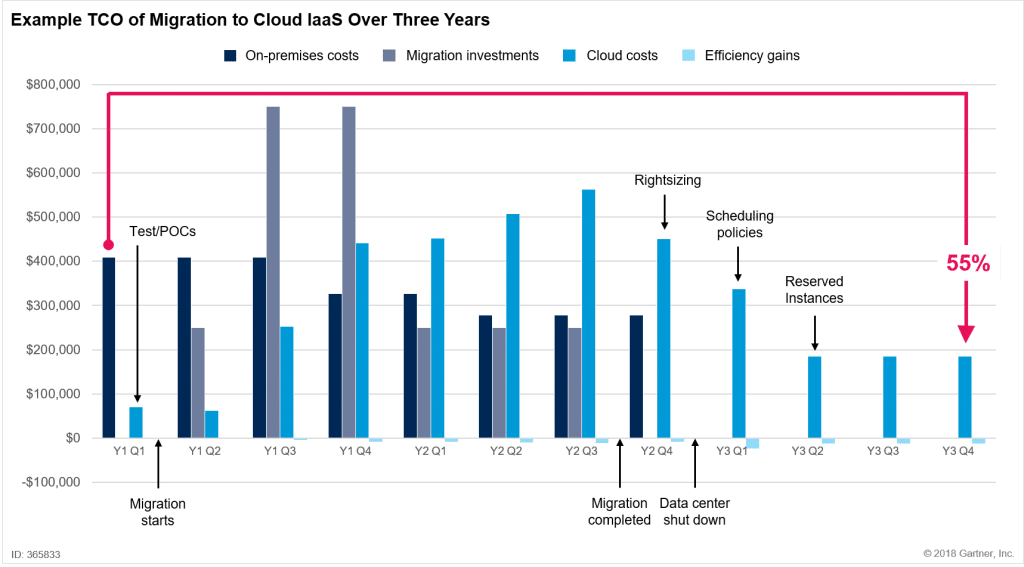
The above representation by Gartner. The Gartner research on the impact of cost on cloud migration states that “ The research states that “cloud services can initially be more expensive than running on-premises data centers. [However, it also proves that] cloud services can become cost-effective over time if organizations learn to use and operate them more efficiently.” Gartner says that “The statement is backed by an example of workload migration for 2,500 virtual machines from an on-premises data center to Amazon Web Services EC2. The example TCO (shown in the figure above) shows an initial uptake in cloud costs and a steady decline as soon as organizations learn how to apply cost optimization best practices (as described in this other framework). The chart also shows how on-premises costs may have a long tail as organizations take time to actually shut down their data centers.”
3. Reduction of infrastructure overhead
If you are a software developer or a managed service provider, you would have come across situations where the client wants faster development and deployment and reducing the infrastructure overhead costs at the same time. Cloud migration would be an optimal solution in such cases
4. Geographic expansion of the business
If you want to expand to new geographies, setting up IT infrastructure at each location cannot just be expensive but time consuming as well. Additionally, you would need to hire staff at each location, buy the required hardware and software, etc. In some cases, you would need to have the knowhow of the regional compliance norms as well. This may not just be the case when you yourself want the geographical expansion of your company. At times, if you are a service provider, your client may want to expand to other geographies and ask you to manage this transition. In such a scenario, moving to the cloud might ease things to a great extent.
5. Streamlined Data Storage
n the current business scenario, there is an absolute overload of data. Structured and unstructured data are being bombarded through social media, IoT devices, enterprise applications such as ERPs, CRMs, web forms, etc. Depending upon your business, you may be required to store and present data for several years. This amounts to an ever increasing burden on your storage space. Cloud storage allows you to store data on the cloud through a cloud storage provider that manages and operates data storage as a service. The data is delivered to the end user on demand with just-in-time capacity and costs. This completely eliminates the need for companies to buy and manage their own data storage infrastructure.
The statistics below by T4 clearly shows the growing popularity of cloud storage:

As per T4 Labs Inc, “ The Cloud Storage Market is forecast to see continued strong growth in the forthcoming years as cloud adoption increases, and more enterprises embrace cloud-based and cloud computing services. The growth is primarily driven by increasing digitization of businesses and the exponential increase in data. Organizations are employing more mobile technologies, the Internet of Things (IoT), Artificial Intelligence (AI), Big Data, and Machine Learning. This leads to large amounts of data generation. The data needs to be stored in servers with low-cost and high accessibility. Cloud Storage Services are rising as a cost-effective and flexible alternative to purchasing and managing a data storage infrastructure on-premises. Due to this, the demand in the Cloud Storage Market and Cloud Computing in general, is likely to surge considerably in the forthcoming years.”
6. Building a widely distributed development team
Finding better than average software developers remains a perpetual challenge for development companies. So, it is always important to tap talented developers that are geographically apart. Post Covid 19, this phenomenon of remote working has become even more indispensable. By moving application development to cloud and building a distributed development team, companies can reap the following benefits:
- Greater access to global talent pools
- Ability to form highly specialized teams for each project
- 24/7 project coverage with global schedules and global delivery models
- Flexibility to add contractors to scale up project coverage
- Diversity and inclusion leading to multicultural perspectives
- Cost savings on talent
- Cost saving on overhead expenses, such as office space
7. Disaster Recovery
Everything goes fine until a disaster hits the business. Therefore having a disaster recovery and business continuity plan is a must for every business irrespective of their industry. Having a remote disaster recovery location and a complete data center is not possible for small or even medium sized businesses. Neither does it make sense when cloud can be used as a solution. Cloud disaster recovery systems can be implemented very quickly. All large cloud providers have their own disaster recovery locations. So you’re always safe when your mission-critical applications are on cloud.
8. Software and hardware upgrade
Businesses do not want to run their critical customer facing applications, or even the internal applications, to run on outdated platforms. To offer the best customer experience as well as employee experience, periodic software and hardware upgrades are important. If you are with a reputed cloud provider, you do not need to worry about this. Once you have moved to the platform, all such upgrades will be taken care of and your business will always be running on the best technologies. Even if you want to upgrade your own hosted app, patches and upgrades can be much easily performed across all servers at different locations.
9. Capital Expenditure to Operational expense
Most cloud models are subscription-based. This automatically eliminates the need to pay huge amounts of money upfront. Moreover, there are no capital expenditures required to build an IT infrastructure. This means that the entire capital expenditure shifts to the operational per month or annual subscription models. Moreover, pay as you go or pay as you grow models help you to optimize your cost throughout the business cycle. You can reduce or increase subscriptions as per the business needs and put all subscription-based expenses to the operational expense category. This is a great way for startups to reduce their expenses and exposure to the risk of building over capacity.
People HR has explained this phenomenon with a very simple representation on their blog post entitled “SaaS VS On-Premise HR Systems: Pros, Cons & Hidden Costs”.

As per People, An Access Company, “ With an on-premise solution, your setup costs are almost always going to be a lot bigger. For that reason alone, if you don’t want to make a significant investment, you’re better off with an SaaS solution – you simply pay a subscription fee each month/quarter/year (depending on your provider), rather than ‘buying’ the software outright. However, that monthly subscription fee is almost always going to cost you more than paying the on-going licence fees for the software you have bought – so in that respect, an on-premise solution works out more cost-effective in the longer term. This isn’t where it ends, though – on-premise solutions come with a huge load of hidden costs that don’t show up on paper, and unless you have a very efficient way of handling them, you will normally end up paying significantly more with an on-premise solution than if you choose a hosted SaaS solution.”
We see that there are several benefits of migrating to a cloud platform. But as there are great and not that great sides of everything, there are some not so great sides of cloud migration as well. Let’s take a look at what are some of the potential risks of cloud migration.
Potential key risks of migrating to cloud
Here are some general drawbacks associated with cloud migrations.
1. Sensitive data and Compliance
As cloud offers clear advantages in terms of productivity, efficiency and cost savings, companies have embraced, and use, the cloud extensively. This has led to a complicated security dilemma between productivity, efficiency and cost versus protecting a company’s sensitive data. As part of their normal workflow, employees store sensitive corporate data in cloud apps. While doing so , they are completely unaware of the security or compliance risk this may create for their respective organizations.
SkyHigh Networks, A McAfee company, analyzed customer usage data from over 21 million users to identify the scale of sensitive data that’s stored in the cloud. One of the many insights from this analysis was that “16.2% of all the files uploaded to file-sharing services contain highly sensitive, and oftentimes, regulated data such as:
- Personally identifiable information or PII (e.g. Social Security numbers, phone numbers, home addresses, etc.)
- Protected health information or PHI (e.g. patient diagnoses, medical treatments, etc.)
- Payment data (e.g. credit card numbers, debit card numbers, bank accounts, etc.)
- Confidential data (e.g. financial records, business plans, top secret documents, source code, trading algorithms, etc.)”
2. Added latency
In order to secure data, many companies want internal users to connect with the company’s data center through conventional MLP networks rather than directly accessing the cloud. This involves latency and delays. A lot of companies are able to address this issue by moving to more sophisticated Software defined WAN (SD-WAN). But for many companies that still have traditional networking infrastructure, moving apps that need quick access to real-time data may prove rather challenging.
3. Cloud platform or vendor lock-in
The vendor lock-in problem with many cloud providers is the situation where you become dependent (i.e. locked-in) on a single cloud provider and cannot easily move in the future. If, however, you have to move to a different vendor, you would have to fork out substantial money. You may also have legal constraints depending upon the agreement you signed with the cloud provider. In essence, you are forced to continue using a cloud-based product or service regardless of the quality, just because switching away is not a viable option.
Conclusion
The potential key benefits of migrating to cloud are cost reduction, scalability, reduction in infrastructure overhead, streamlined data storage, possibility of building widely distributed development teams, quicker DR and BCP capabilities, etc. One of the major advantages of moving to the cloud is that by doing so companies can completely eliminate the large amount of capital expenditure in setting up the technology infrastructure. At the same time, there are some major drawbacks of cloud platforms. These disadvantages or drawbacks are related to the security of sensitive data, latency in the conventional networking infrastructure and vendor lock-in issues. Although there are some major drawbacks of using cloud platforms, the benefits certainly outnumber the disadvantages. If chosen carefully, a good cloud platform can completely transform your business by increasing productivity and efficiency; and by substantially decreasing the cost of operation.
